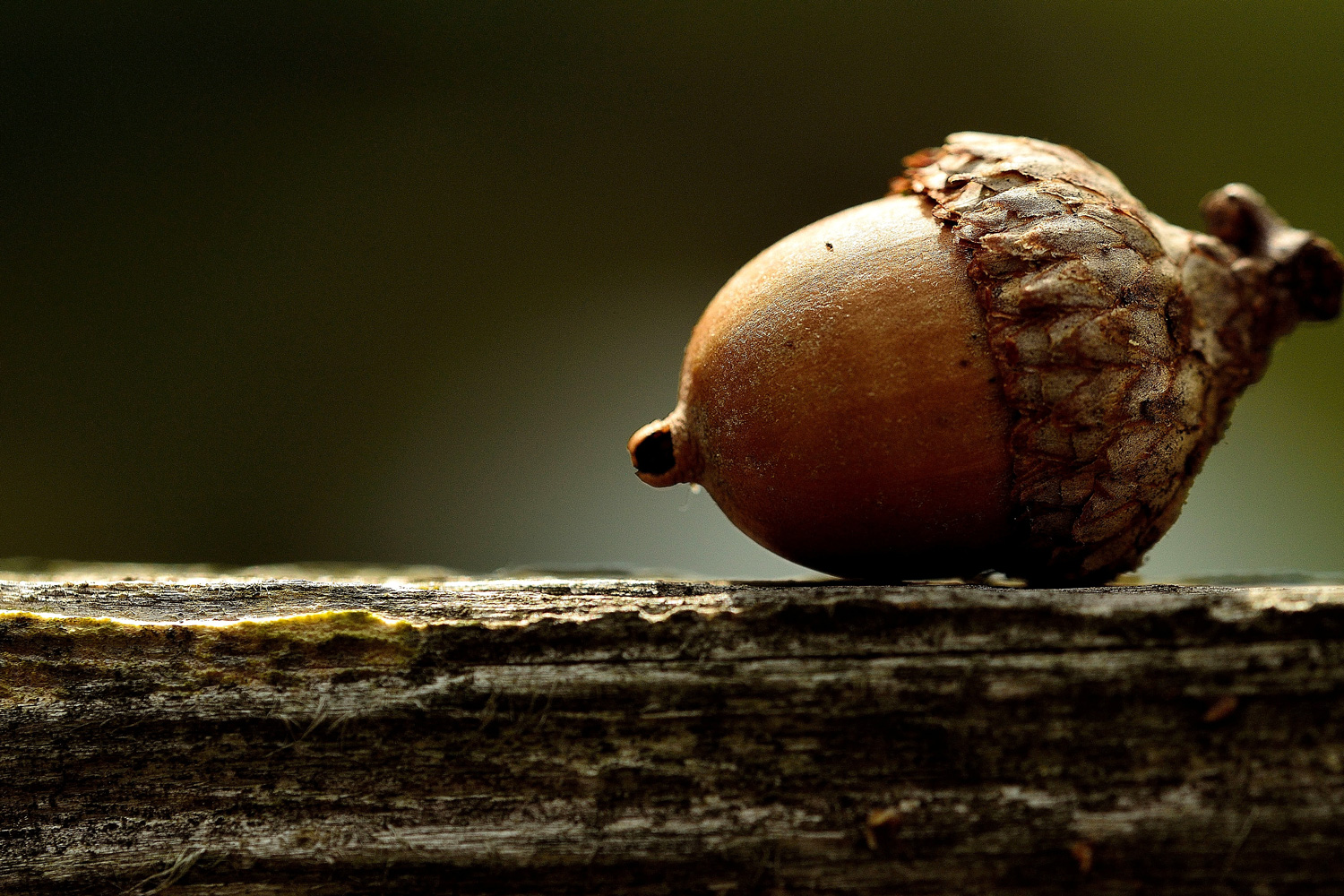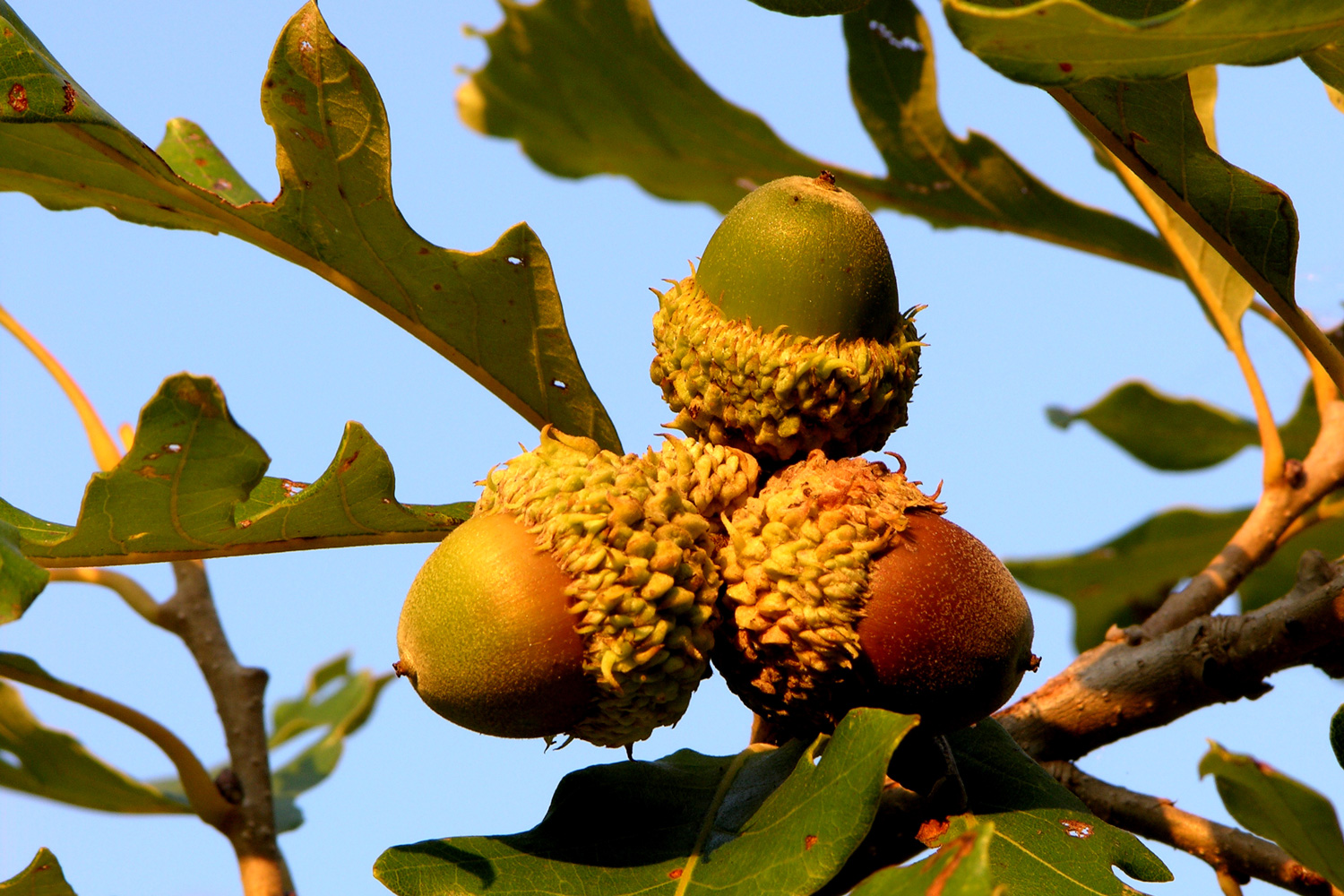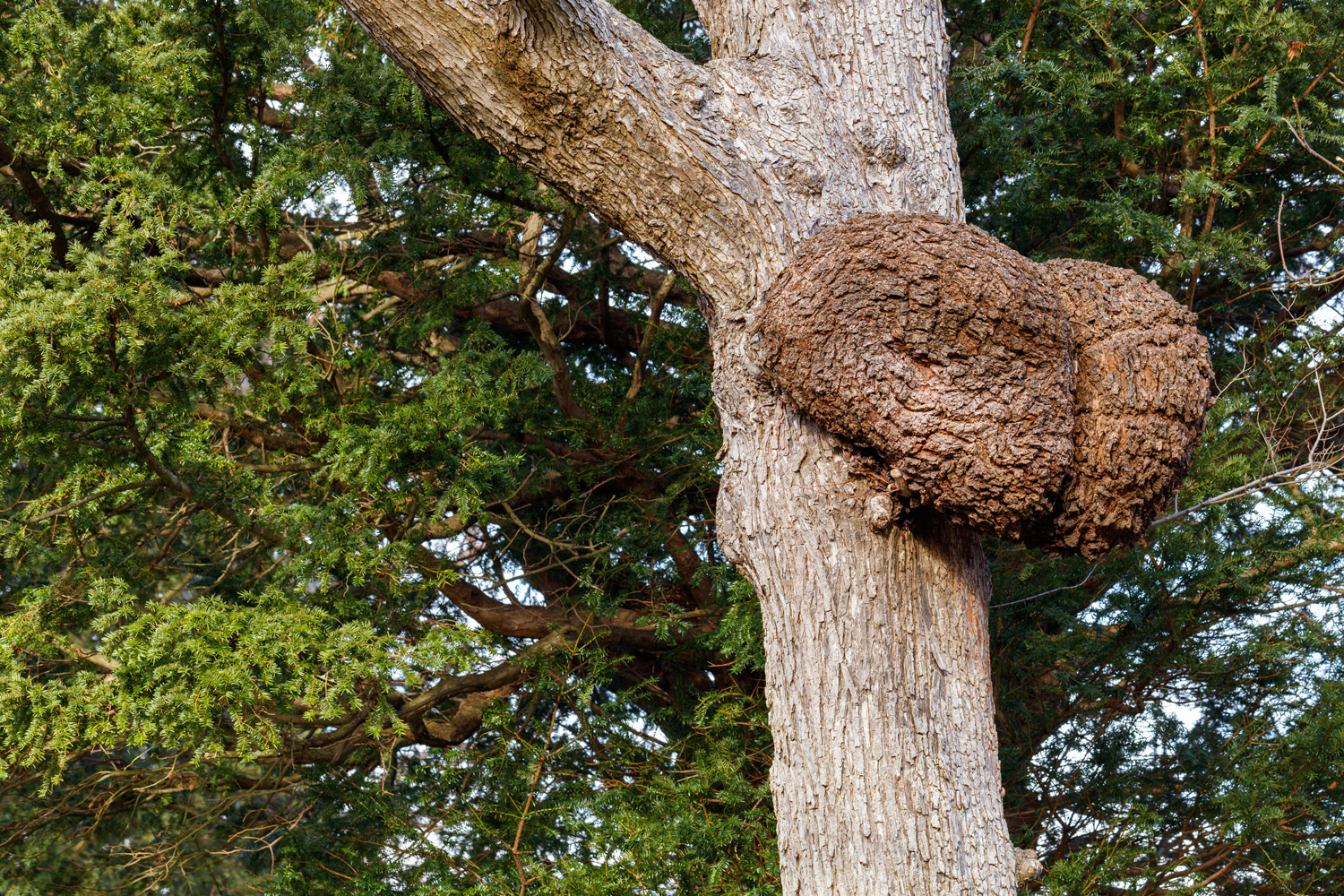Bur oak trees are an excellent addition to your garden or landscape. Their canopy provides cooling shade, while their trunk and branches shelter animals and insects. However, you may be wondering how to grow a Bur oak from an acorn to a mature tree.
We researched helpful tips to take you from acorn to tree. We will cover how to germinate an acorn into a seedling successfully. And we'll also present suggestions to develop your plant until it becomes a sturdy Bur oak tree that survives for centuries.
Grow a Bur oak from an acorn using the following steps.
- Gather the acorns you wish to plant and process them to encourage germination.
- Plant the acorns in ideal soil at the right time and irrigate them.
- Care for your Bur oak seedlings until they are ready to transfer.
- Place trees into their permanent home and support their optimal health and growth.
Bur oak trees are a delight to young and old alike. Discover what soil is best for growing healthy trees from acorns and other fascinating info.

About The Bur Oak

Grow a Bur oak and enjoy a tree with a widespread canopy and a hardy trunk with vertical ridges. The acorns are peculiar, with rugged, toothy-looking tops that are "frilled." This tree doesn't have many pests and is incredibly strong, resisting pollution and heat stress.
You can grow your own trees if you procure viable acorns that are free from holes, disease, or damage. You will need to provide your acorns with a hibernating period, well-draining soil, and enough time to sprout roots and develop.
Plan before you start, as your tree will need plenty of room to establish its root system outdoors. You might start this plant indoors in germination trays and pots, but eventually, it will need to be transferred once it's safe to do so.
From Acorn To Tree With The Following Steps
Enjoy the journey of growing a Bur oak from a tiny acorn. These trees live for ages and reach dizzying heights over 100 feet tall!
1. Gather Acorns & Process
If you want to grow a Bur oak, gather acorns as soon as they fall to the ground. Separate acorns using a water test. Healthy acorns should sink to the bottom of a container, but rotten acorns will float. Put your acorns through a stratification process before planting.
2. Prepare Soil & Plant
Improve the quality of your soil by adding organic compost and fertilizer before planting your acorns in late winter or early spring. Put acorns to germinate in seedling trays until they develop roots.
Check out this compost and manure on Amazon.
3. Maintain Seedlings Until Established
Plant it in a secure place once you have a seedling that shows a viable root system. You will care for your seedlings until they become a sapling. It is safer to transplant a few years old sapling, as its age increases its survival rate and ability to establish itself.
4. Transfer Trees To Permanent Home
Find a sunny spot to plant your baby Bur oak, although this tree can survive in partial shade. Dig a hole deep enough for the roots to have space to stretch out. Fill in the hole and ensure the tree is upright and stable. Water the tree and care for it through maturity.
How Easy It Is To Grow An Oak Tree From An Acorn?

It is easy to grow an oak tree from an acorn. However, it will require some preparation and patience. First, you need viable acorns that have not been frozen, dried out, or have holes or damage. Next, you will need to germinate the acorns until they develop roots.
After four to six weeks, expect your acorn to develop roots. Care for your tree in its early stages until it becomes a seedling. After a few years, it will transform into a sapling that is stable enough to be planted in its permanent home.
Check out these seedling germination trays on Amazon.
Read More: Which Way Up Should You Plant Oak Acorns?
Are Bur Oaks Good Trees?
The Bur oak is an excellent tree for shade and beauty, and it is resistant to heat-related stress and air pollution. Choose this slow-growing tree for your landscape because it loves the sun and provides a source of food and shelter for animals.
If you find acorns fascinating, the acorns on these oak trees have a curious texture, much like this tree's vertically-ridged bark. Acorns have a wooly, coarse appearance with signature frills and a tough cap.
The canopy of a Bur oak is very open and is easily upheld by a wide, sturdy trunk. This tree can grow up to heights and widths of over 100 feet. A moderate level of watering and soil that is sandy loam, sandy, clay, or even limestone-based allow it to thrive.
You will want lots of space for a Bur oak to spread out and establish deep roots. Grow these trees for ornamental purposes and attract butterflies, songbirds, and small mammals to your yard. The Bur oak is found throughout North America and is cold-resistant.
Do Acorns Need To Freeze Before Germinating?
Give acorns the best start to help them germinate with cold storage. You don't want your acorns to freeze, as this can kill them. Consider placing any stored acorns in your refrigerator. Keep the acorns in a plastic bag filled with a bit of damp sand until it's time to plant them.
Avoid keeping acorns in a dry place which reduces viability. Acorns do well after a stratification period of 30 to 45 days. Before planting, try soaking acorns in water for 24 hours to wake them up and encourage germination. Floating acorns are bad and should be discarded.
Check out this vermiculite on Amazon.
How Do You Plant A Bur Oak Sapling?
For best results, you should plant a Bur oak sapling in sandy, loamy soil that is well-draining and in a place with full sun. A Bur oak should get at least 6 hours of sun daily. Give a distance of 15 to 18 feet apart between trees if planting more than one.
Dig a hole in an optimal spot, deep enough so it is large enough to accommodate the sapling's roots. Fill in the hole and tamp down the earth, so the sapling is standing straight up. If you wish, mix some compost into the soil before planting to add nutrients.
Water the tree moderately after planting it into the ground. Follow up with a daily watering schedule after two weeks have passed. After three to 12 weeks pass, water the young tree every two to three days.
How Long Does It Take A Bur Oak To Grow?

The Bur oak is a slow-growing tree, taking 35 years before it produces its signature acorns. After two to three years from its planting, you can expect this tree to grow an average of up to 12 inches annually.
Starting from an acorn, it takes about a month for the plant to sprout after being planted in one to two inches of soil and deeply watered. It takes about four to six weeks for an acorn to germinate and develop into a seedling. After four to five years, it becomes a sapling.
After a year's time, once this tree is 12 to 18 inches in height, it can be planted until it transforms into a sapling. It is critical to establish healthy root development for the tree's survival. Ensure that your soil is aerated and has an optimal pH level.
If the tree gets sufficient moisture and proper weed control, it can grow up to 40 inches a year. Be aware this mighty tree can live up to 300 years. Between the ages of 50 and 80, this tree reaches its optimal acorn production, which tapers off after 80.
Conclusion

We hope you feel more confident about growing a beautiful, towering Bur oak tree from a humble acorn. The Bur oak is a fantastic tree for your landscape if you have a lot of space. This tree has a wide canopy for cooling shade and a durable trunk.
If you want a tree that resists cold and disease, survives air pollution, and lives for centuries, grow this majestic plant from an acorn. The Bur oak is prized for its hardwood, medicinal purposes, aesthetics, and providing for animals and insects.
Before you go, don't skip out on the following fascinating articles.



